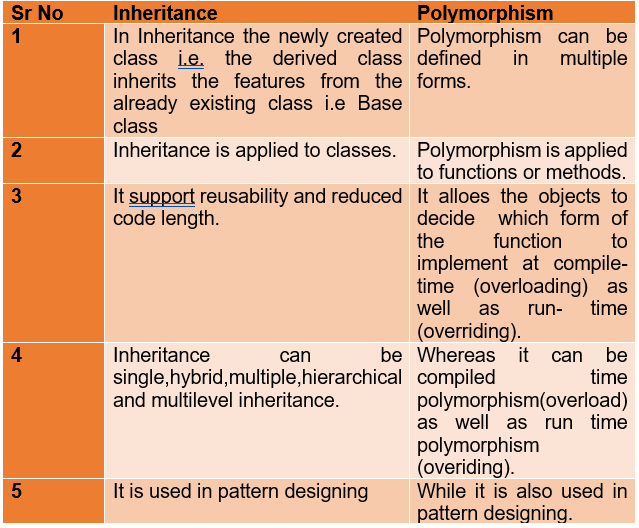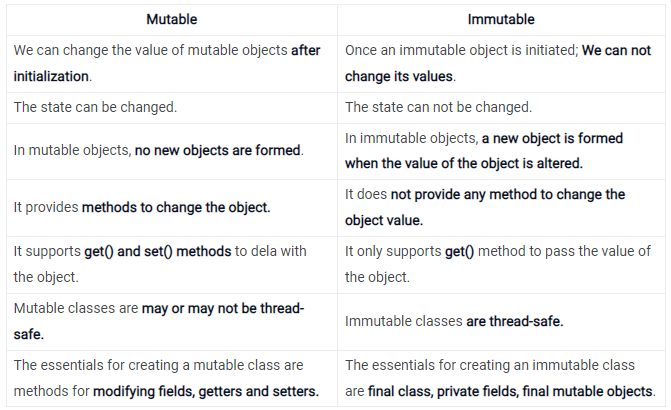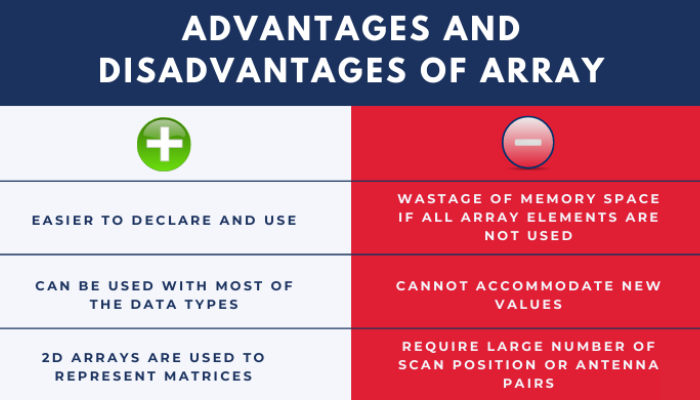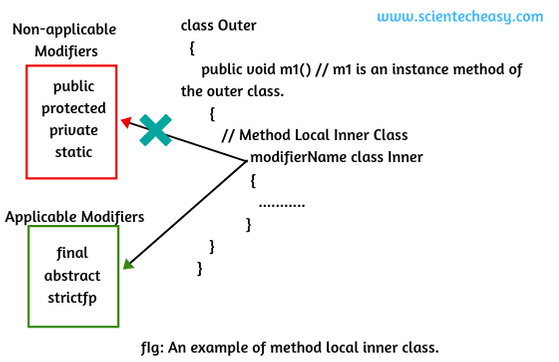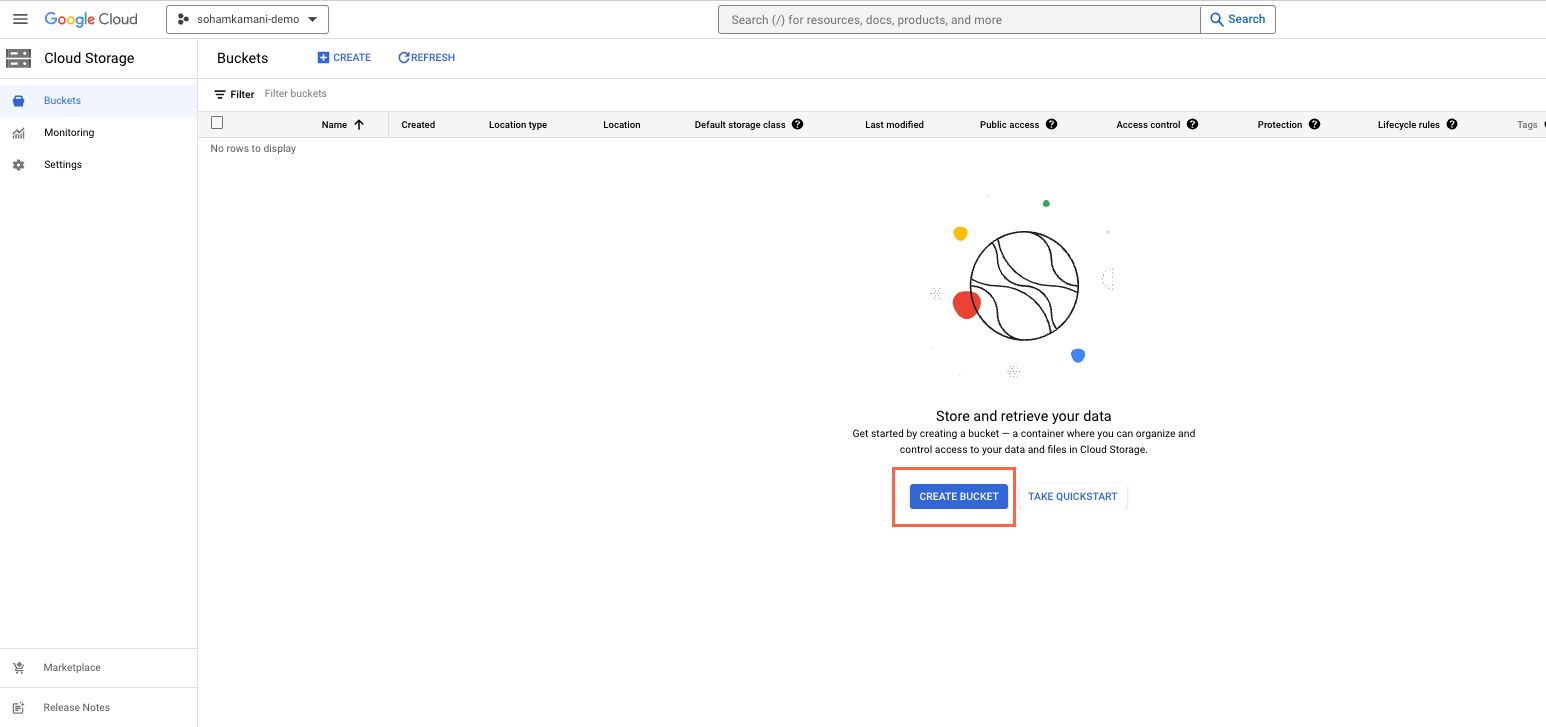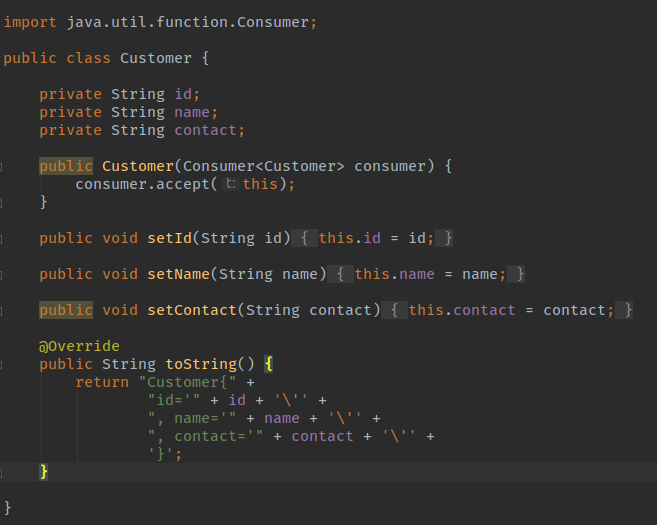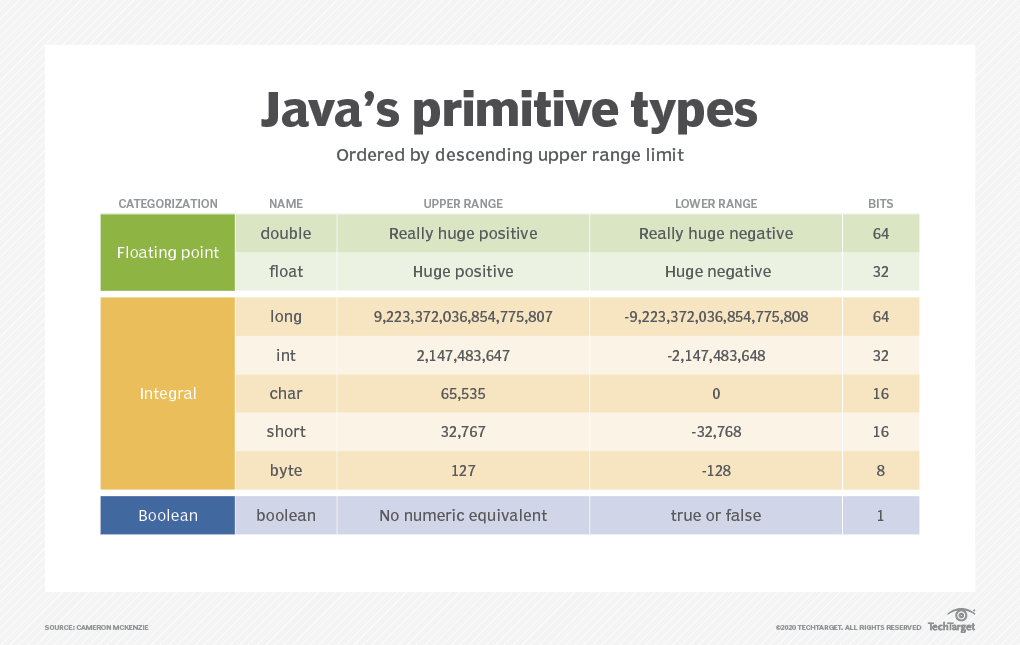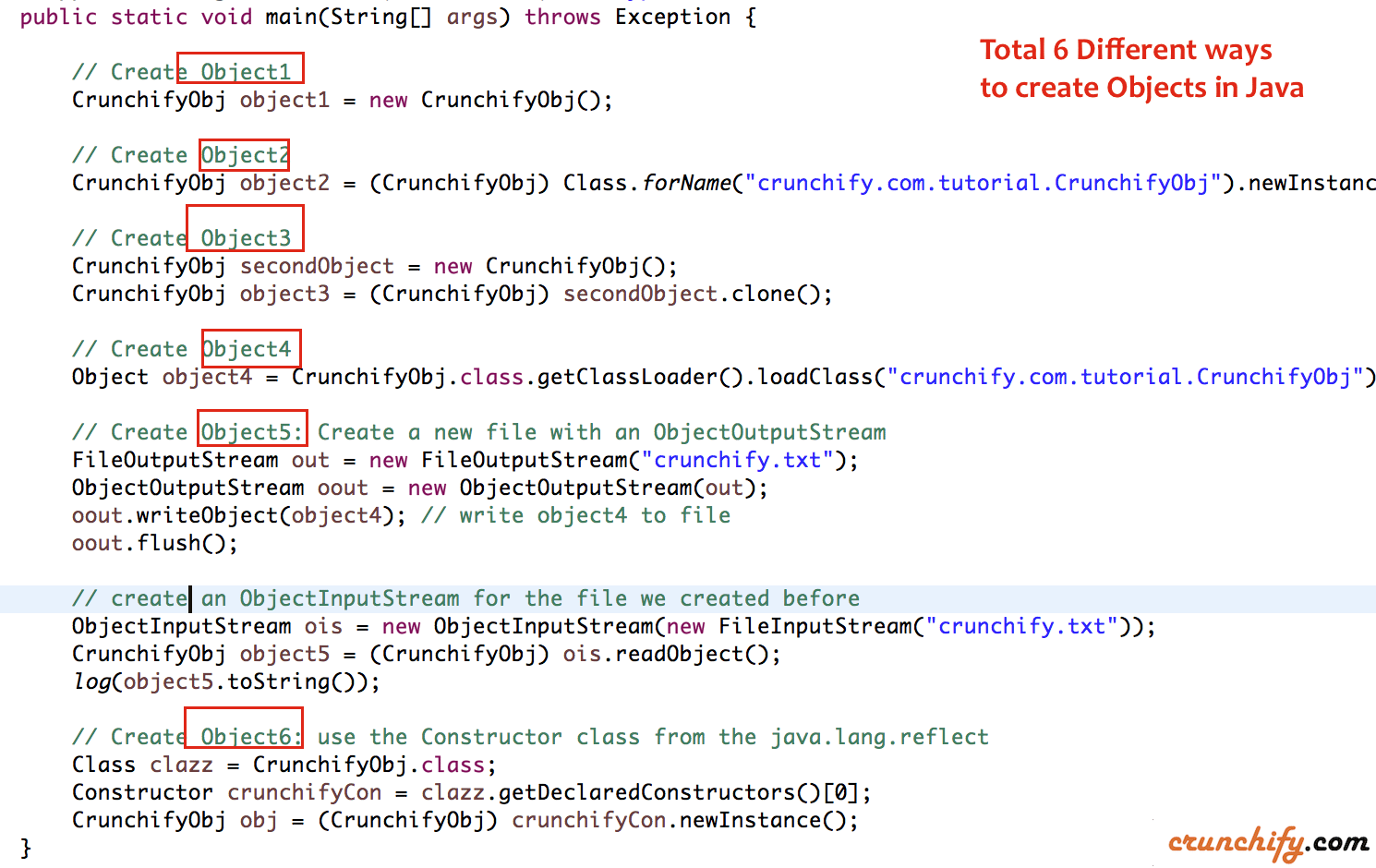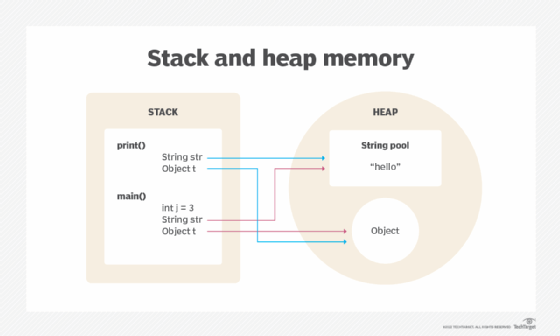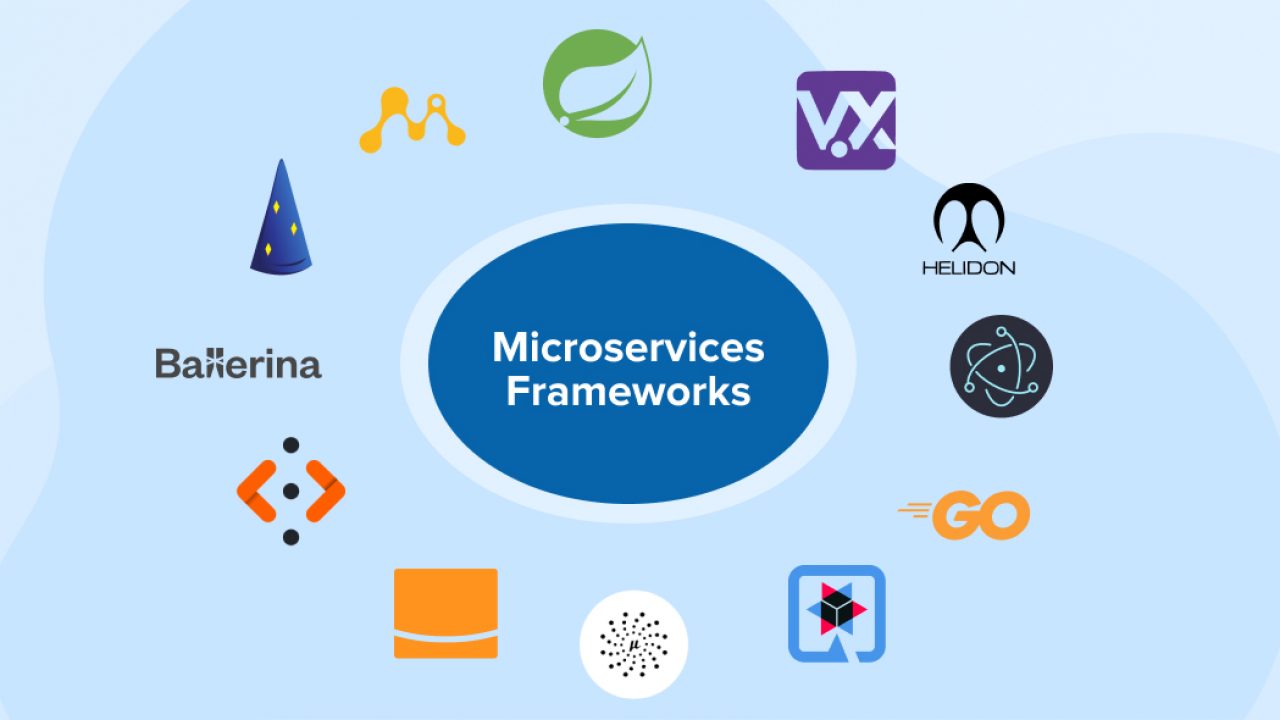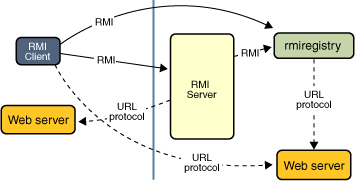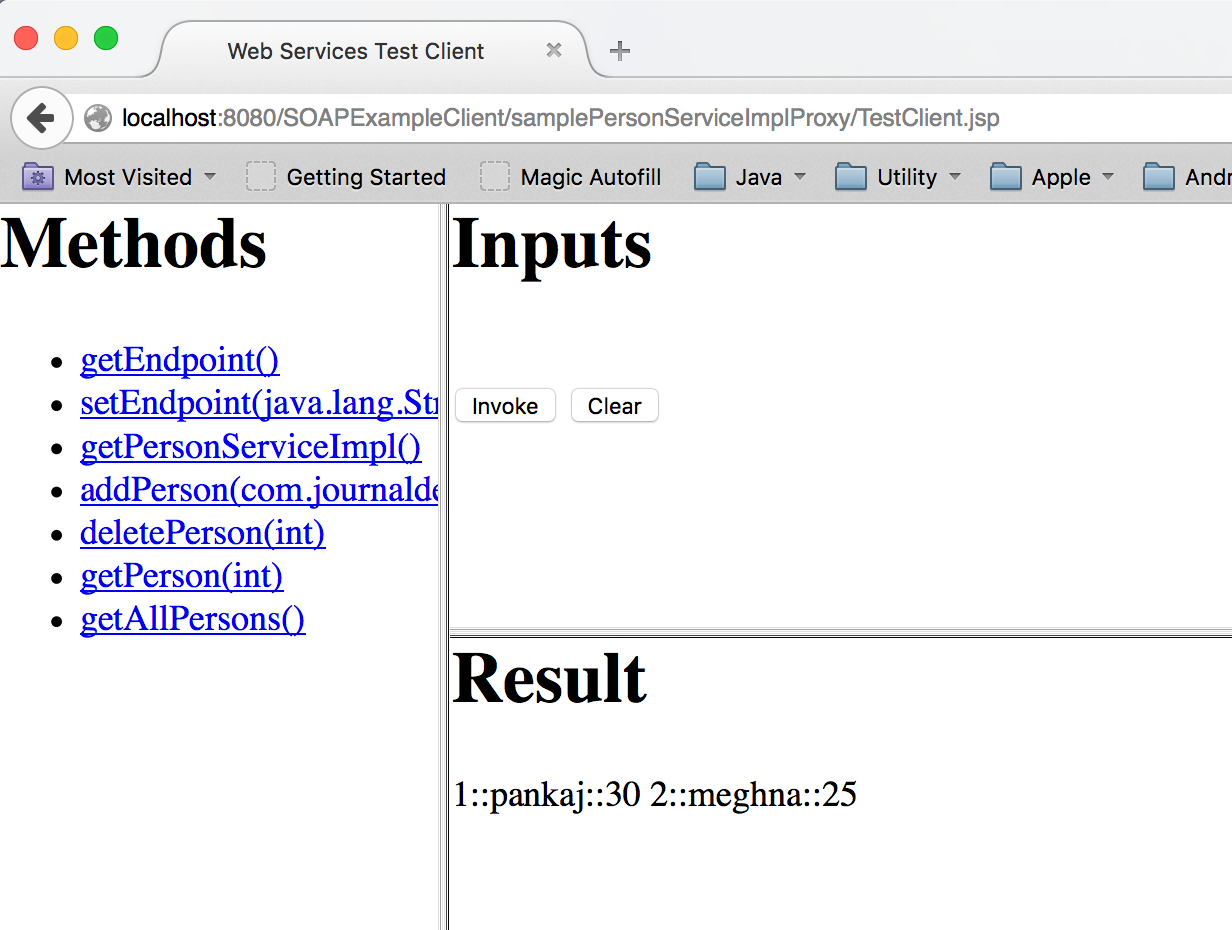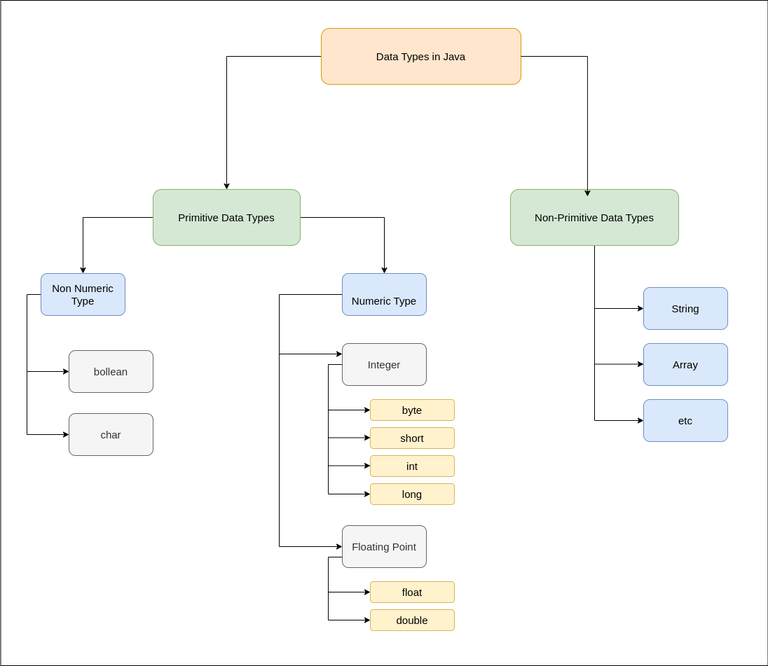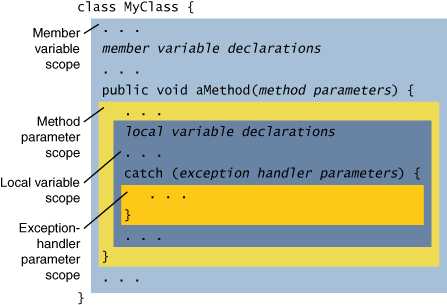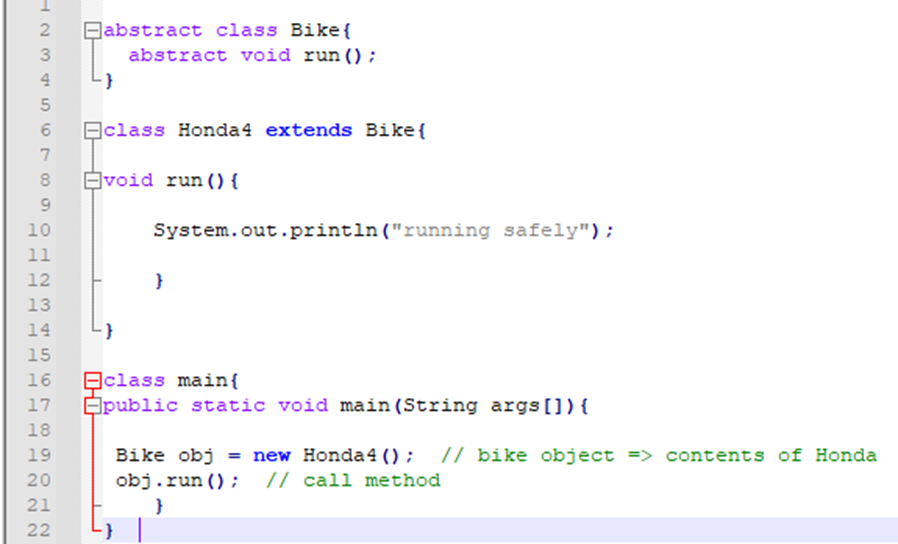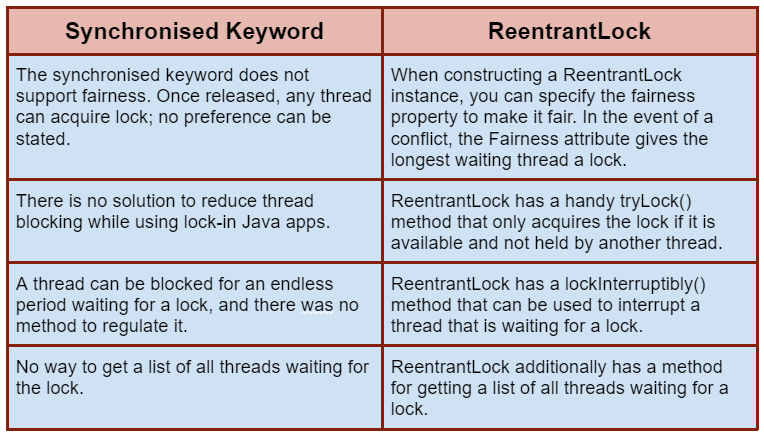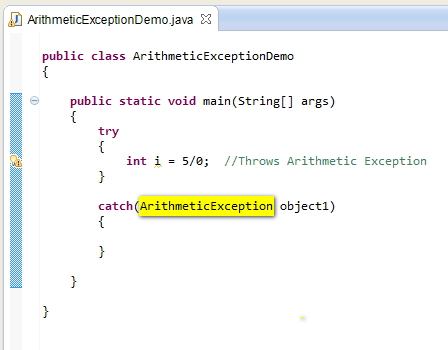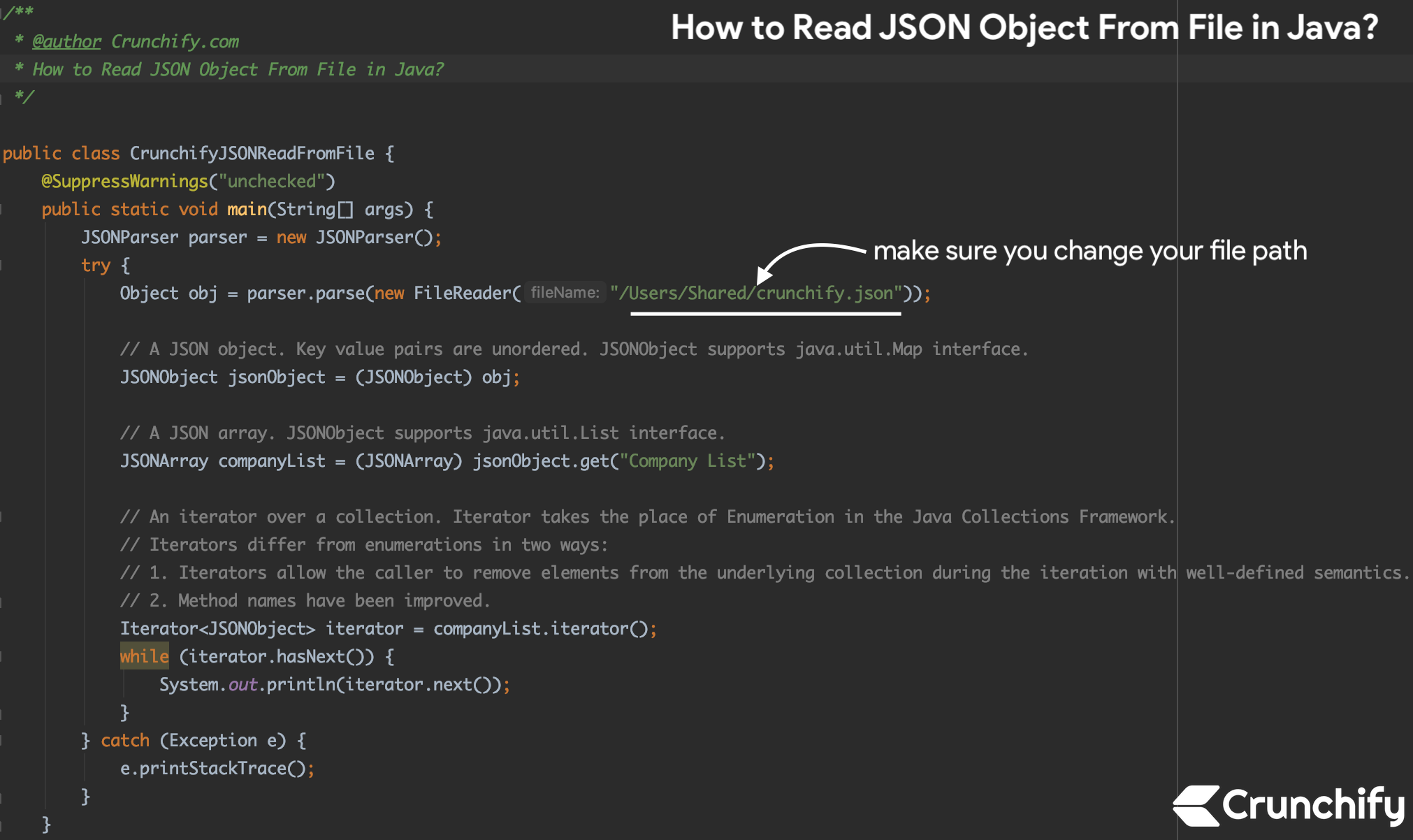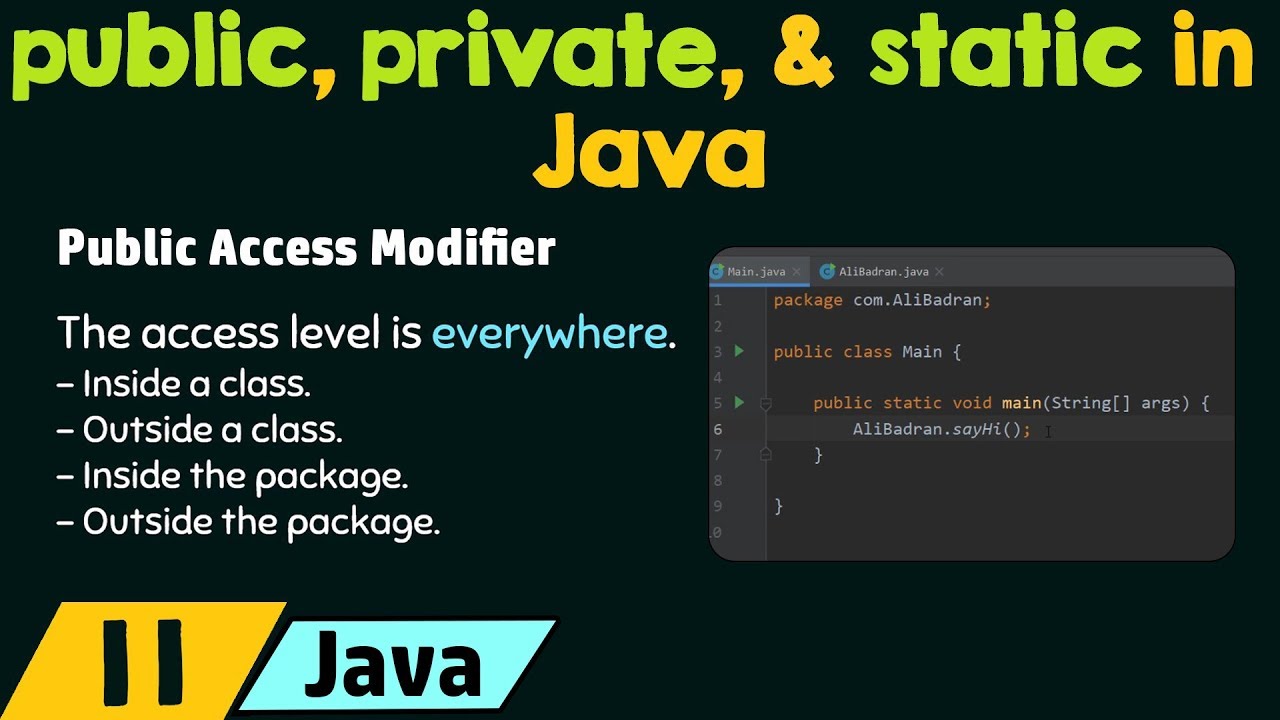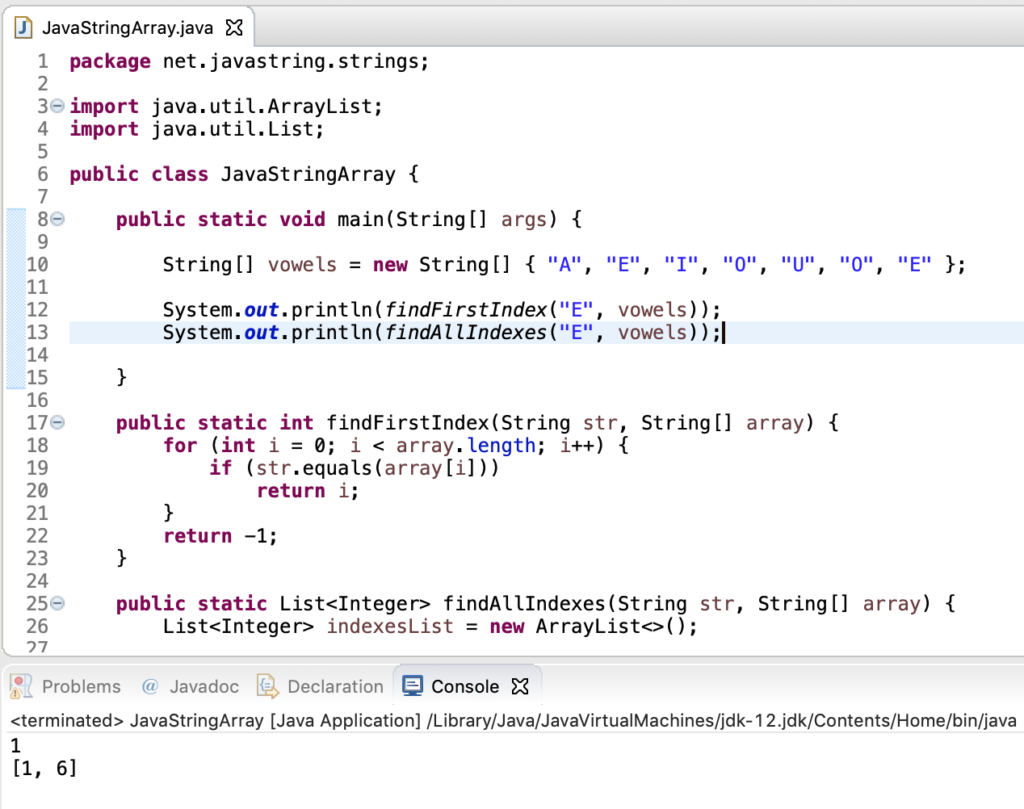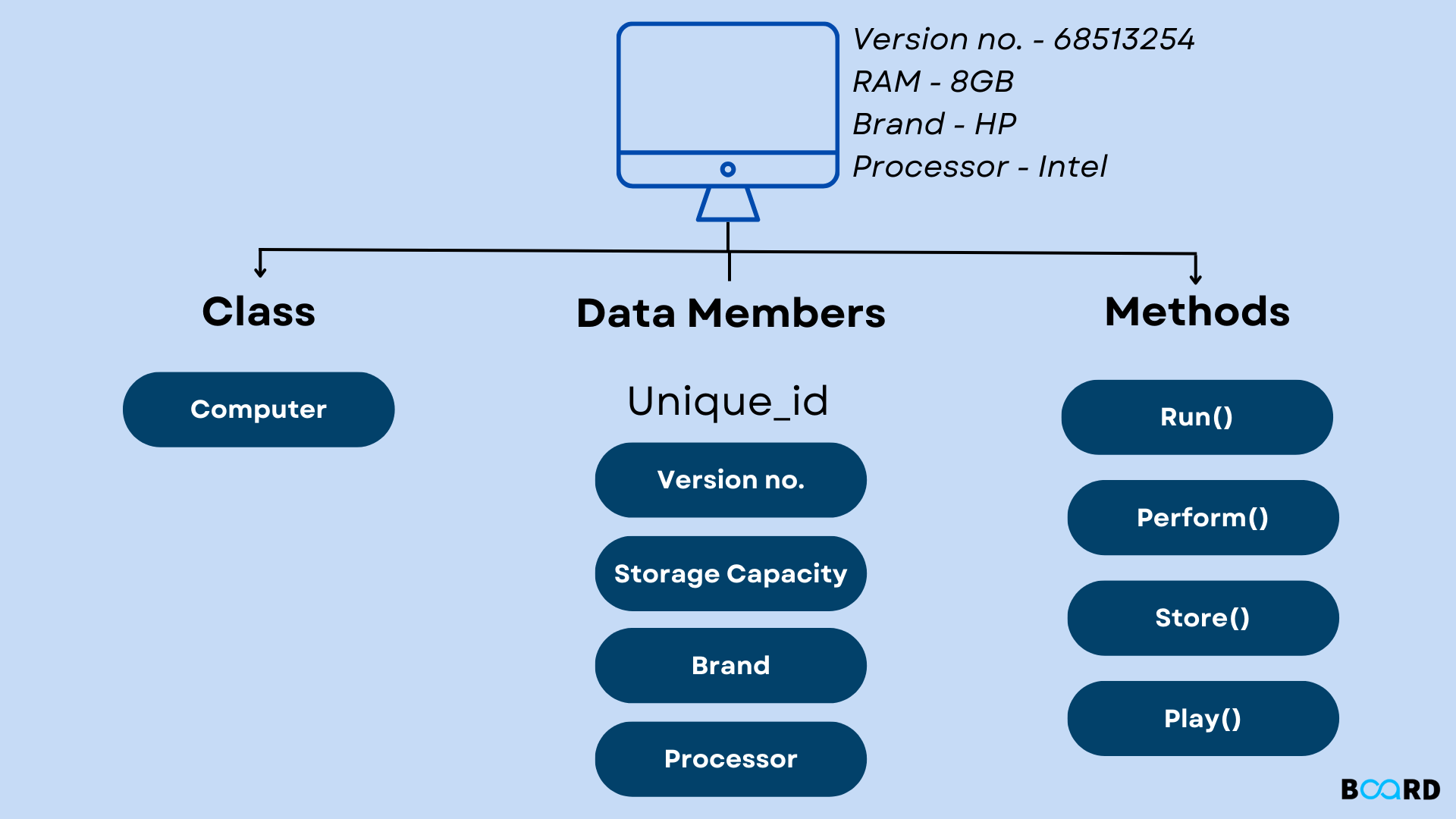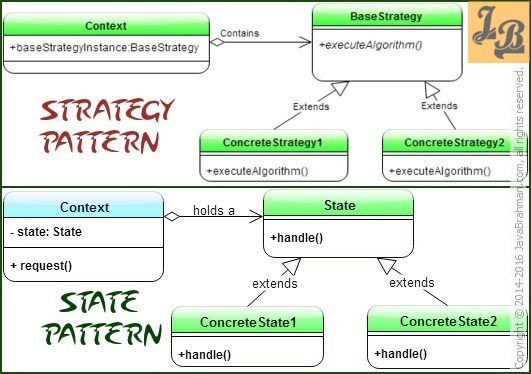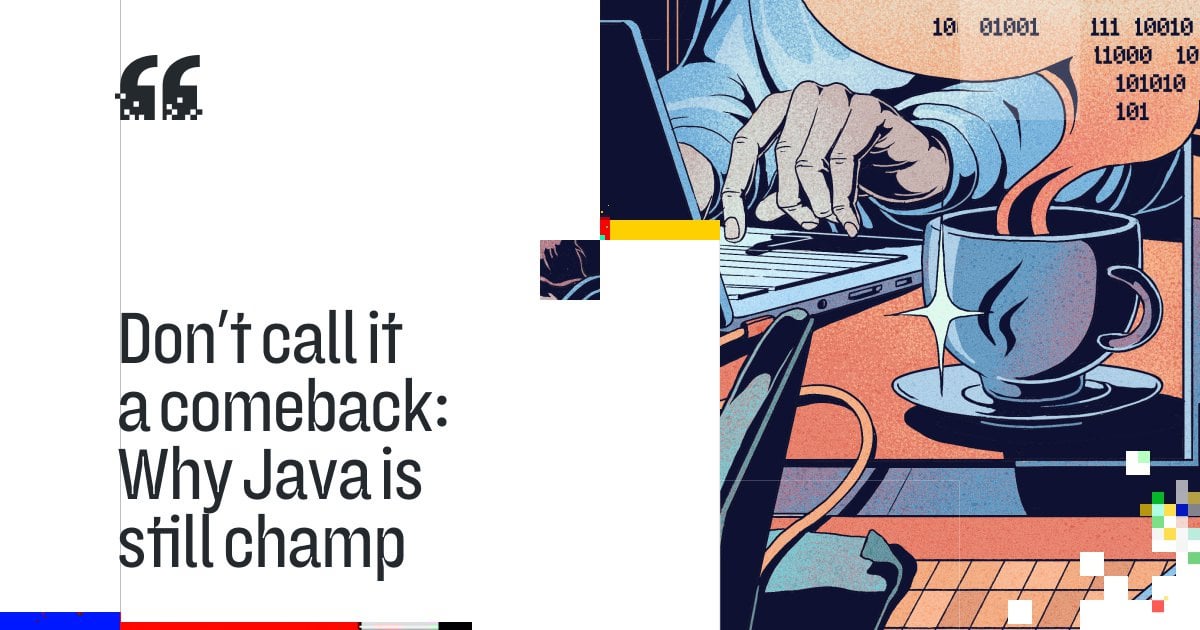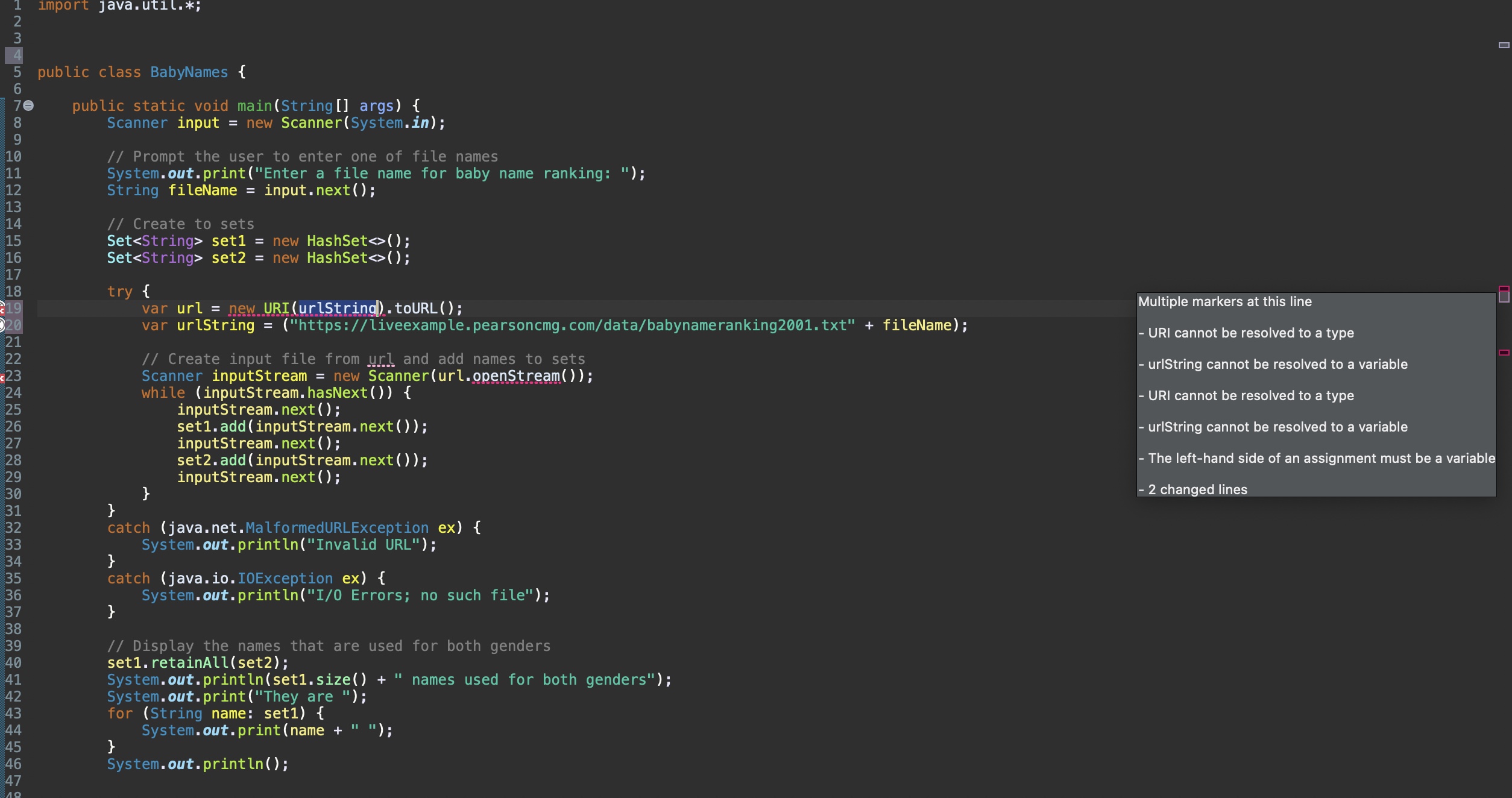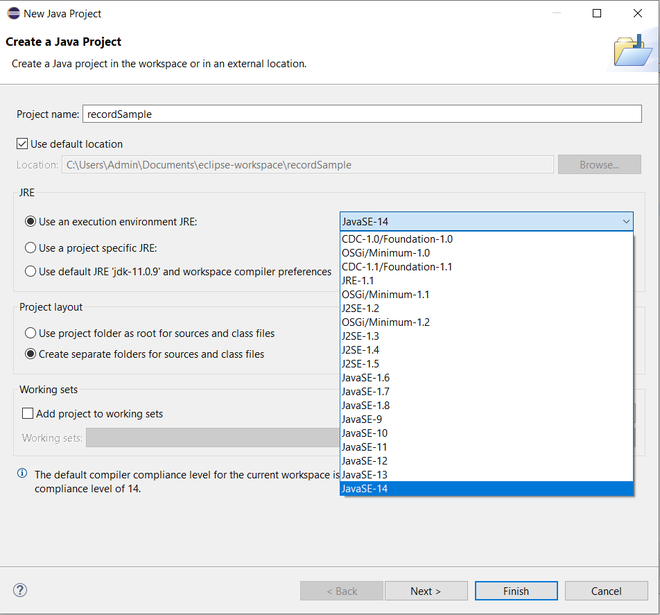how garbage collection works in java
how garbage collection works in java
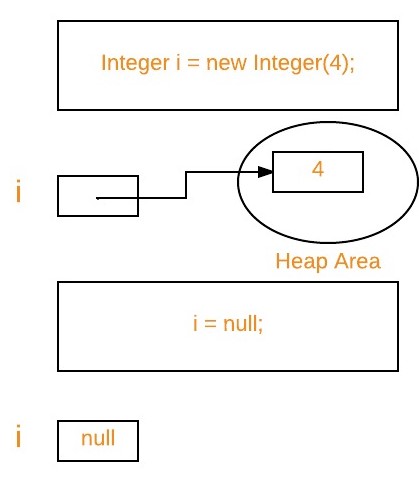
Here's an explanation of how garbage collection works in Java:
What is Garbage Collection?
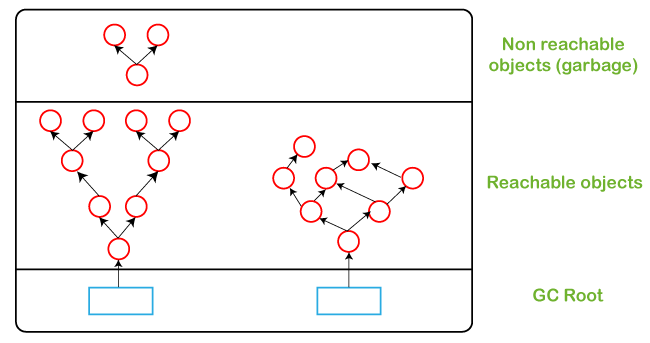
Garbage collection is a mechanism used by the Java Virtual Machine (JVM) to automatically manage memory and prevent memory leaks. It involves identifying unused objects, known as garbage, and reclaiming their memory space so that it can be safely reused.
How does Garbage Collection Work in Java?
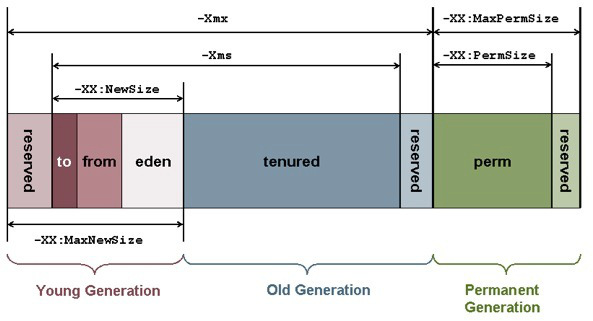
In Java, every object created using the new keyword is allocated on the heap, which is a pool of memory that the JVM uses to store all the data structures used by your application. However, when an object is no longer needed (e.g., it has gone out of scope or its reference variables have been set to null), the memory occupied by that object becomes garbage.
The JVM's garbage collector periodically scans the heap for objects that are no longer referenced and reclaims their memory space. This process is called a garbage collection cycle.
Here's a high-level overview of how Java's garbage collection works:
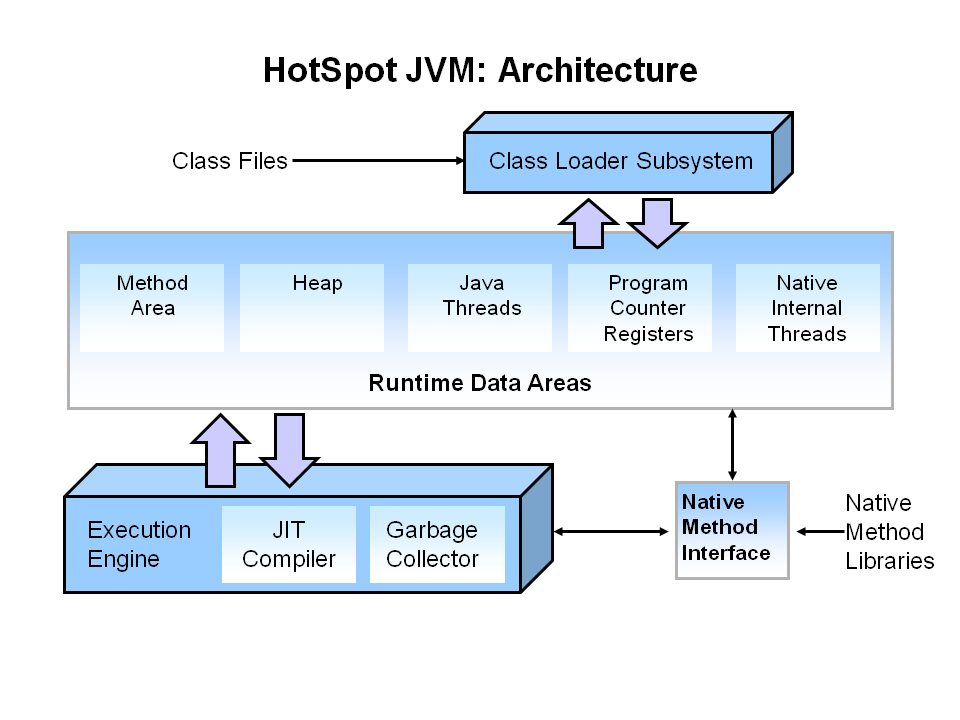
Types of Garbage Collection
Java provides two main types of garbage collection: Minor GC (also known as young generation GC) and Major GC (also known as old generation GC).
Minor GC: This type of GC is used to collect objects in the younger generation, which includes all objects created with a small amount of data (e.g., strings, integers). The minor GC is faster and more frequent than the major GC. Major GC: This type of GC is used to collect objects in the older generation, which includes larger objects that have survived multiple minor GC cycles. Major GCs are slower and less frequent than minor GCs.When Does Garbage Collection Happen?
Garbage collection can happen at any time when your program is not actively using the memory occupied by an object. Some common scenarios where garbage collection may occur include:
When a Java program finishes executing (i.e., itsmain method returns) After a certain amount of time has passed since the last garbage collection cycle When the heap is almost full and there is no more free space available
How to Control Garbage Collection in Java
While it's not recommended to manually control garbage collection, you can influence its behavior using various JVM options and tuning parameters. For example, you can:
Set the maximum heap size using the-Xmx option Adjust the frequency of minor GCs using the -XX:NewRatio option Control the threshold for triggering major GCs using the -XX:OldRatio option
In general, it's recommended to leave garbage collection to the JVM and focus on writing efficient, memory-safe code that minimizes object creation and use.
I hope this explanation helps! Let me know if you have any further questions.
Java garbage Collection Jenkov

Java Garbage Collection by Jens Kov!
Java's Garbage Collection (GC) is a crucial aspect of the language's memory management system. It's responsible for reclaiming memory occupied by objects that are no longer needed or referenced in the program.
Why GC is necessary?
In Java, objects are created and destroyed dynamically during runtime. When an object is no longer used or referenced, it becomes eligible for garbage collection. If this process wasn't handled, your program would eventually run out of memory due to the accumulation of unused objects!
How does GC work?
Garbage Collection involves three phases:
Mark Phase: The GC algorithm identifies all reachable objects by tracing the heap from the roots (global variables, stack frames, and registers) and marking as "live" any objects that can be reached. Sweep Phase: The GC algorithm iterates through the marked objects, removing any unreachable or garbage-collectible objects.Types of Garbage Collection:
Java provides three types of garbage collectors:
Serial: A single-threaded, single-processor collector suitable for small applications. Parallel: Uses multiple threads to collect garbage concurrently, improving performance on multi-core CPUs. Concurrent: Combines GC with the application's main thread, allowing for low-pause-time and efficient memory management.Common Garbage Collection Algorithms:
Mark-and-Sweep (M&S): A classic algorithm that works well for small heaps but may cause pauses in large applications. Generational: Divides objects into generations based on their age; young, old, and permanent. This reduces the frequency of full garbage collections. Incremental: Performed concurrently with the application's main thread, reducing pause times.Tuning Garbage Collection:
To optimize GC performance, you can:
Adjust heap size (-Xmx and -Xms options). Choose a suitable garbage collector (e.g., using-XX:+UseParallelGC or -XX:+UseConcurrentMARKsweepGC). Enable concurrent GC (-XX:+UseConcurrentGC).
Best Practices:
Minimize object creation: Avoid excessive object allocation, which can lead to increased GC frequency and pause times. Implement weak references: Use WeakReference or SoftReference to reduce the impact of garbage collection on strong reference holders. Profile your application: Analyze your program's memory usage and adjust GC settings accordingly.By understanding Java Garbage Collection and its various components, you can write efficient, memory-friendly code that performs well even under heavy load!
